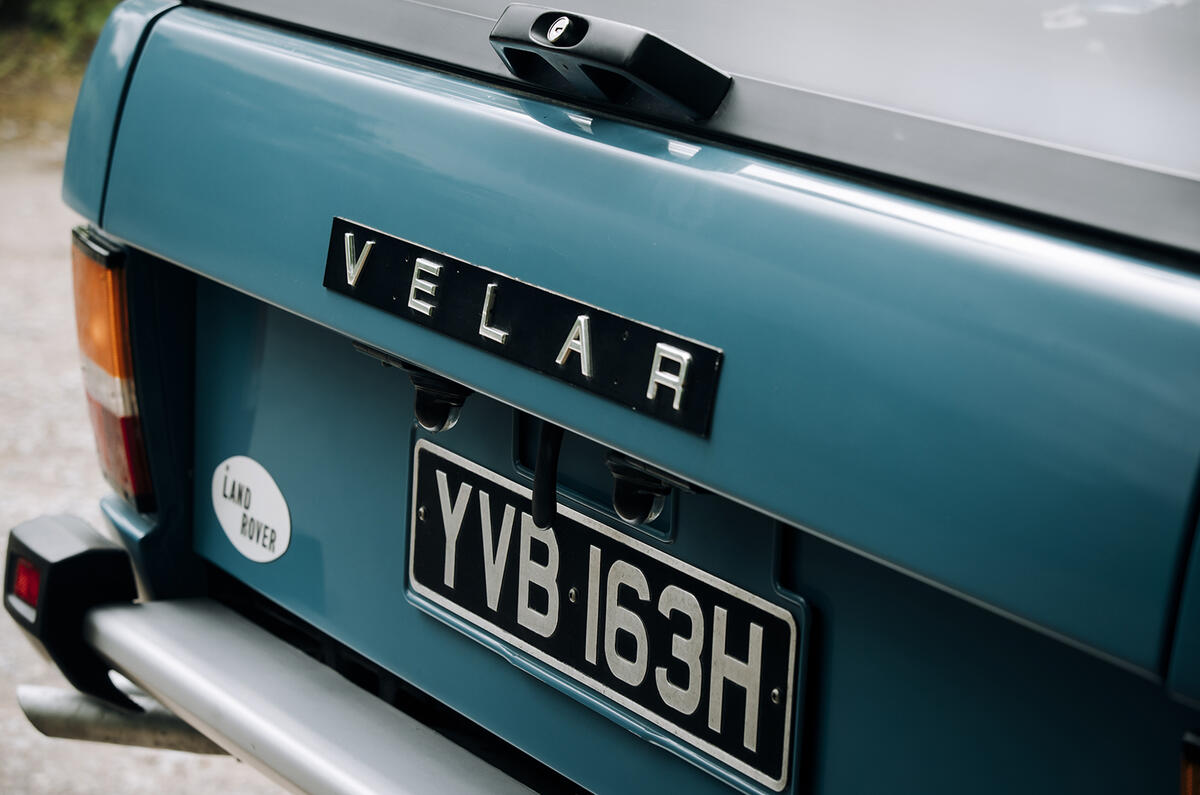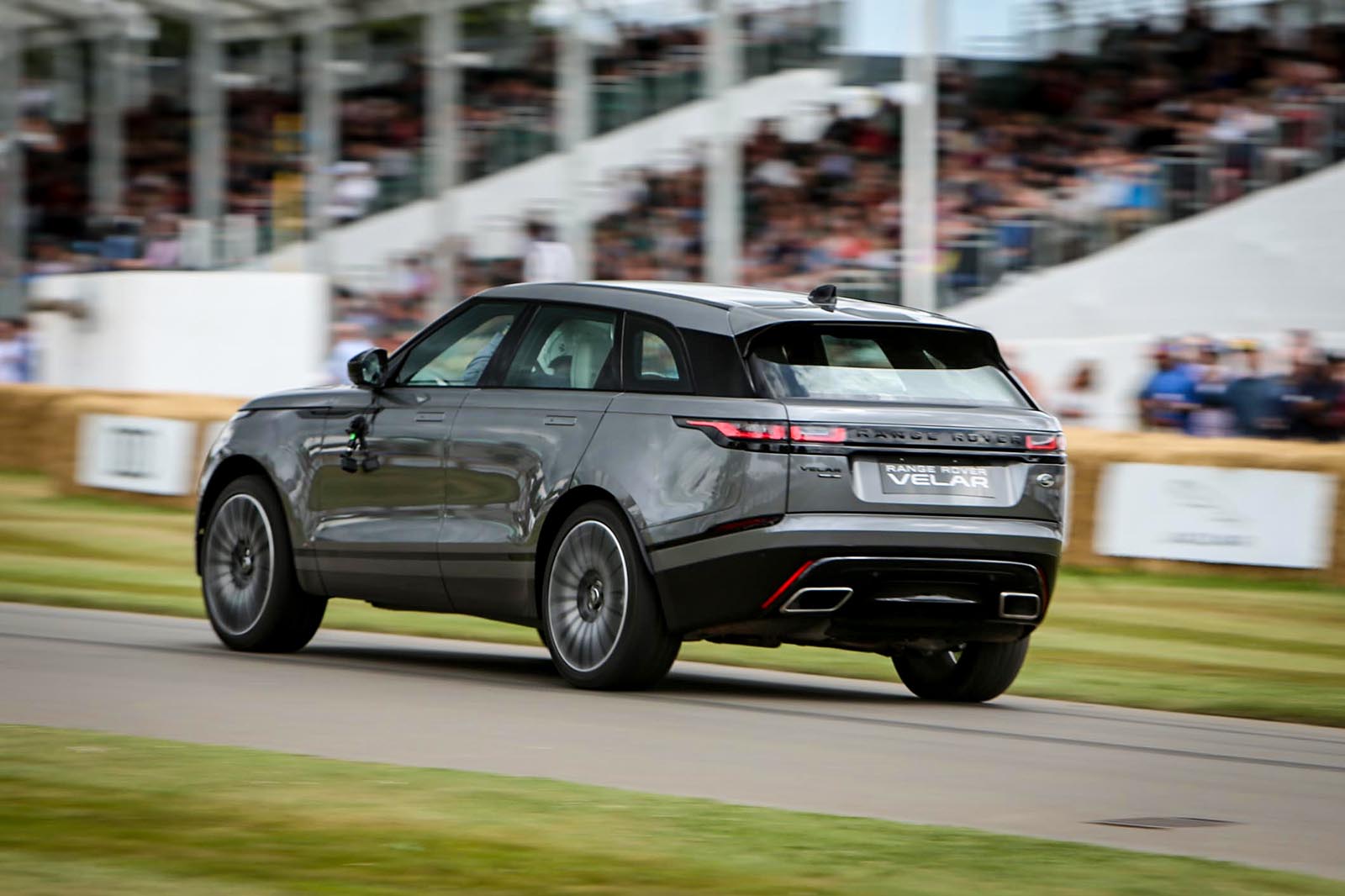“A gentleman is never exact,” or so I’ve heard it said.
Perhaps that means his car needn’t be either. This speedometer certainly isn’t. Having accelerated in unhurried but generous style away from the car park of an English country pub and up through its four manually selected gears, the ‘classic’ Range Rover Velar prototype I’m driving can’t decide if I’m doing 49mph, 55, or something in between.
We've now driven the Range Rover Velar - read our first impression here
Before the introduction of the latest addition to the Range Rover family, I’d doubt if more than a handful of people in the world remembered there ever was a Velar. The model identity was a ruse: an invention of Rover’s development engineers of the 1960s, who wanted to disguise the origins of their prototypes for the very first Range Rover, and who hit upon the direct Latin translation of ‘I hide’ – which it just happened to be possible to spell using letters already used on the front of a Land Rover.
Opinions differ on how many Velar prototypes were built between 1967 and 1970, but our Land Rover source reckons that only nine are still in existence. And yet, however rare and little-known, the Velar fathered the original Range Rover, which has since fathered the Range Rover brand, and so using that moniker as an anchor for an entirely new product with no direct antecedent is a clever way to borrow a bit of historical authenticity.
And, a cynic might argue, a new Range Rover product whose mechanical basis is fairly widely know to have been found within sister brand Jaguar’s technical armoury could certainly do with every bit of added authenticity it can get, couldn’t it?
So, can the Velar connection be anything other than superfluous? Perhaps. Remember that the Range Rover sprung out of an earlier project to develop a ‘Road Rover’; and that the new Velar is defined as the most road-focussed modern Range Rover model of them all.
The original one is from a time before the ever was a Range Rover. The defining SUV type it was translating was the Land Rover’s. And it’s certainly much easier to drive, and more manageable on the road, than the car that came to be known as the Land Rover Defender.































Join the debate
Add your comment
God, JLR really needs to sack
So you've seen it.
Think you are being a bit
Which one sounds better?